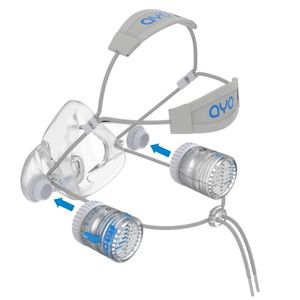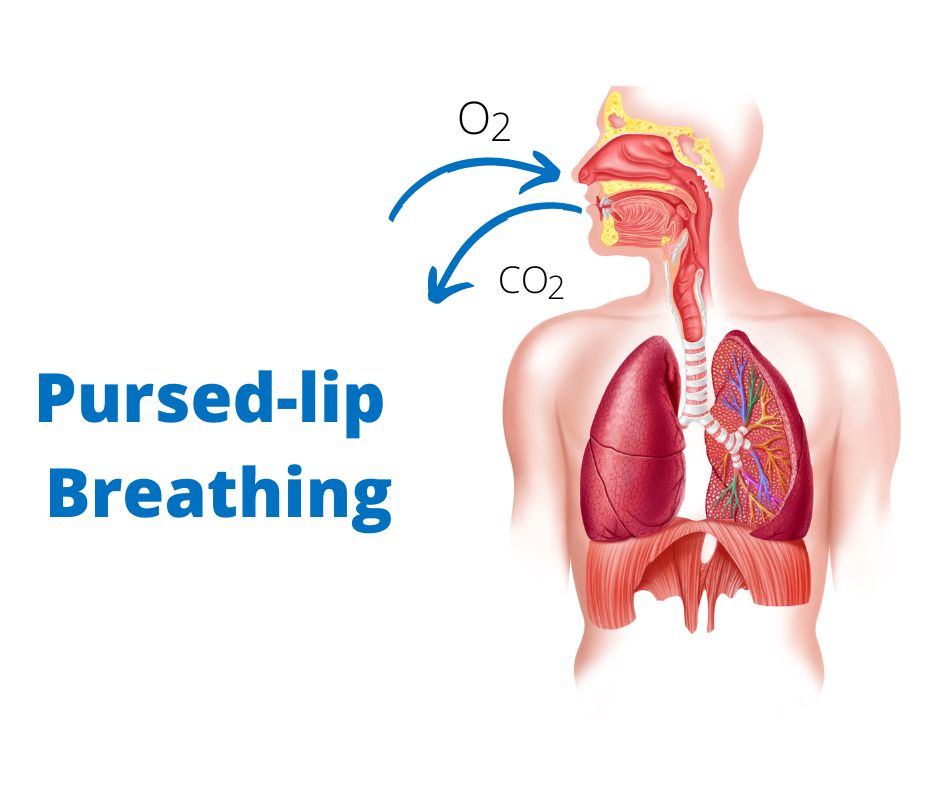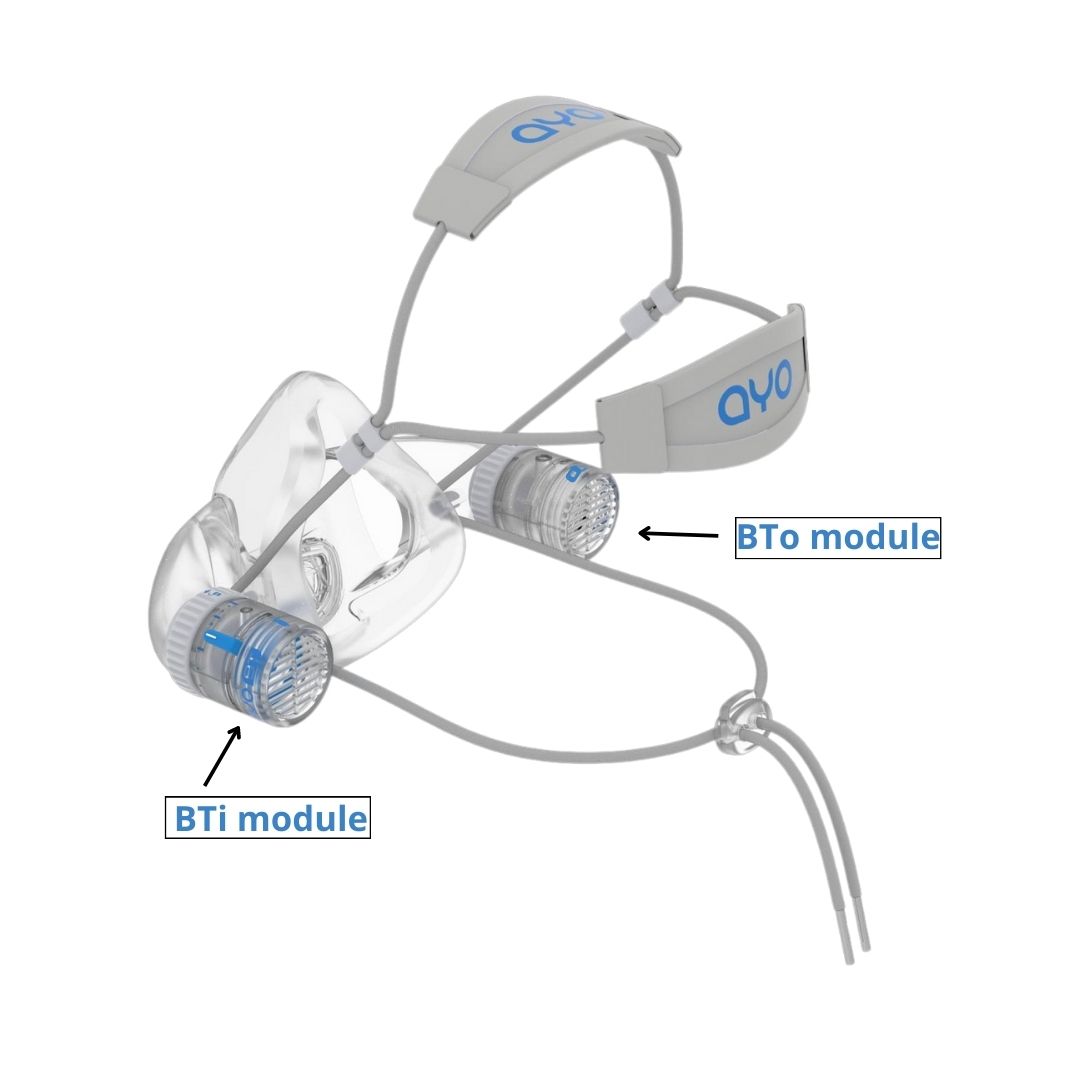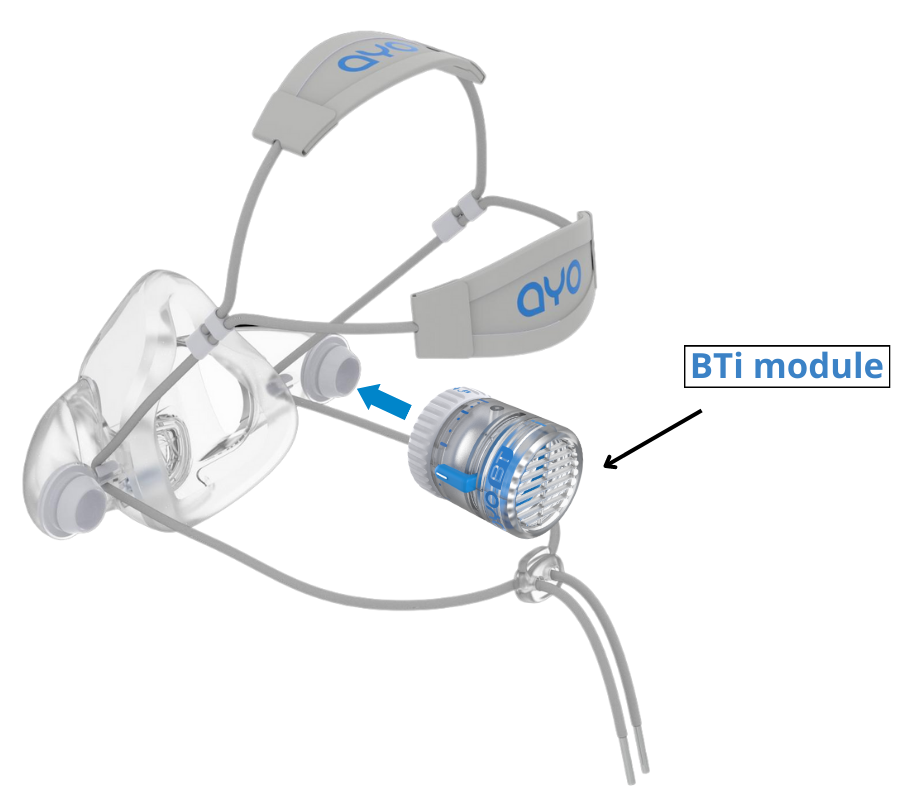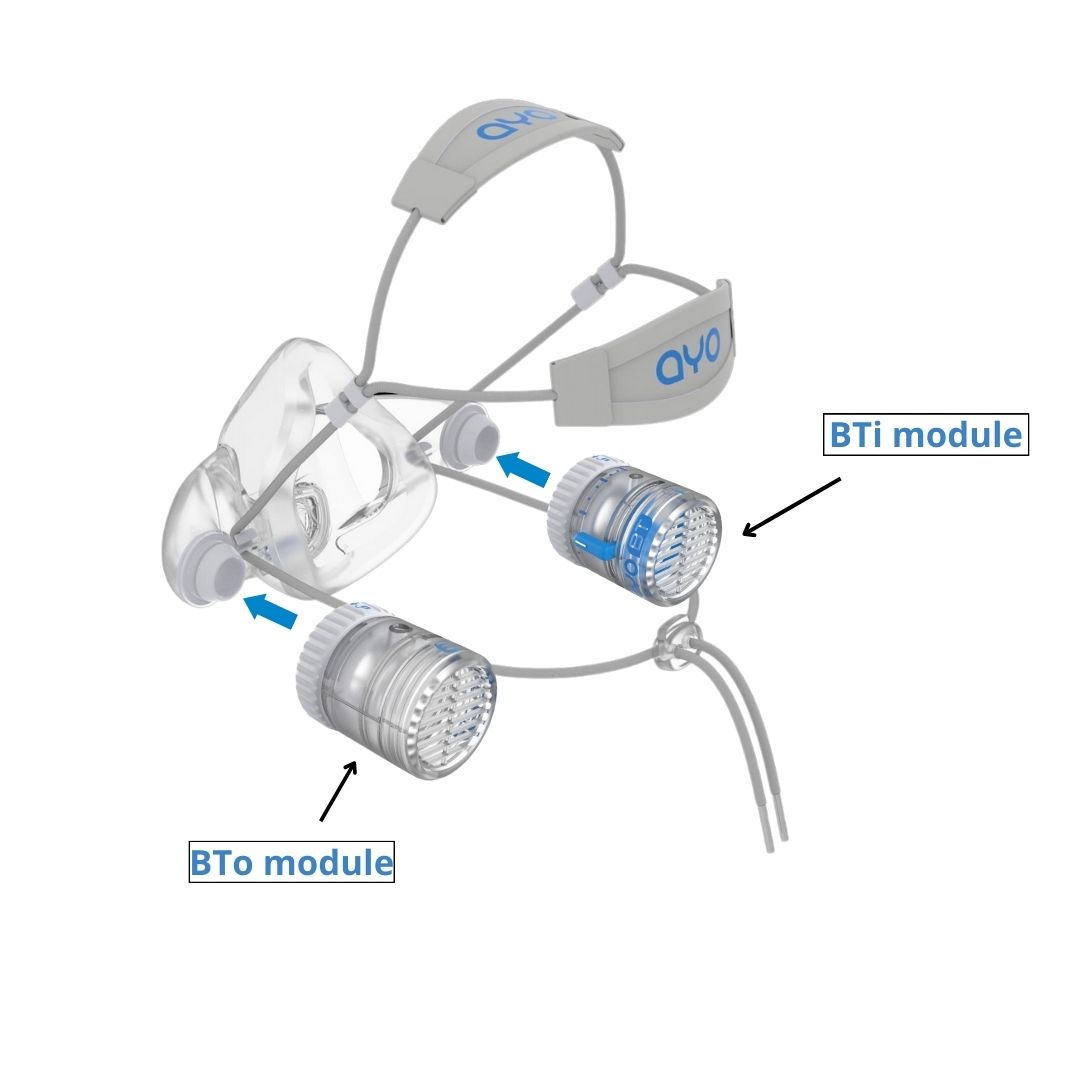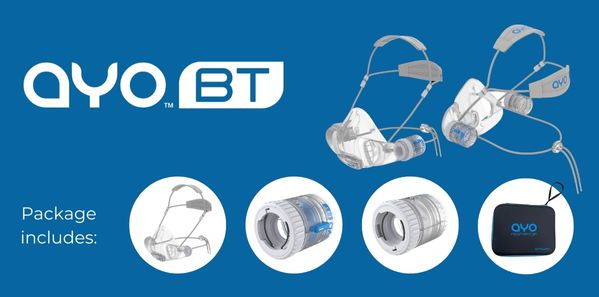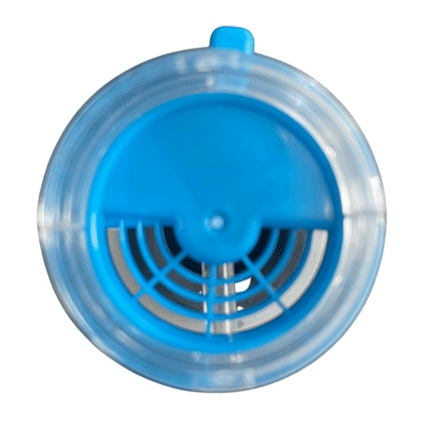Diaphragmatic Breathing Training in Jogging with AYO BT – Part 2
Continued from Diaphragmatic Breathing Training in Jogging with AYO BT – Part 1
In Part 1, we introduced training in the Default configuration which focuses on training and activating Inspiratory muscles.
In Part 2, we will introduce training in 3 optional configurations.
Training with AYO BT in Option 1 configuration – Expiratory Focus
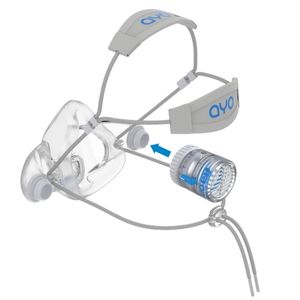
In Option 1 configuration, the BTi in the Default configuration is fitted to the right side of the mask, and no module is fitted to the left side of the mask.
In this configuration, the BTi on the right side will independently limit the exhalation by adjusting the air opening so that, the exhaled air is restricted thus increasing the resistance to exhale.
AYO BT in this configuration will train and activate exhalatory muscles.
When properly adjusted, the training will promote the following to your breathing:
- A slower and longer exhalation.
- When you breathe slower and longer, you could easily breathe through your nose, and more importantly, expiratory diaphragm muscles are more engaged.
- When the exhalation is slowed, depending on the exercise intensity and the BTi setting, it can create some air hunger, so even if you perform a full stroke of diaphragm movements, hyperventilation can be avoided.
Reference Training Program
1. Adjust the BTi setting to the level suitable for easy jogging and your current fitness.
As a general guide:
- For advanced Nose-breather, set to Level2 to level4.
- For novice Nose-breather, set around level4 to 6.
2. Jog between 15 to 25 minutes.
- Exhale slowly and steadily.
- Press the belly slightly feeling the pressure it works against.
- At the end of the exhalation, simply relax the belly and let go of it.
- This starts the inhalation.
- Keep the belly relaxed until it is around the neutral position.
- Without pushing it further outward, pause the breath a bit, and then time to start the slow exhalation again.
- This training is meant to have a shorter inhalation and a much longer exhalation.
- When finishing the exercise, keep wearing it for at least 5 minutes while doing some stretches.
Training with AYO BT in Option 2 configuration – Inspiratory + Expiratory
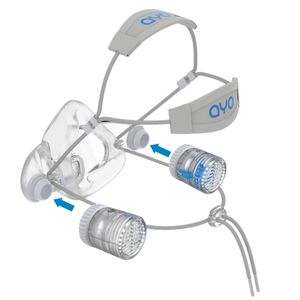
In Option 2 configuration, the BTi in the Default configuration is fitted to the right side of the mask, and the BTo to the left side of the mask.
In this configuration, no air will enter from the left side of the mask, and both inhalation and exhalation will go through the BTi on the right side of the mask. Therefore, by adjusting the air opening at BTi, both the inhalation and the exhalation will be restricted to the same amount, thus increasing the resistance to both inhalation and exhalation.
AYO BT in this configuration will train and activate both Inspiratory and exhalatory muscles.
When properly adjusted, the training will promote the following to your breathing:
- A slower and longer inhalation and exhalation.
- When you breathe slower and longer, you could easily breathe through your nose, and more importantly, both your inspiratory and expiratory diaphragm muscles are engaged.
- When the breath is reduced, depending on the exercise intensity and the BTi setting, it can create some air hunger, so even if you perform a full stroke of diaphragm movements, hyperventilation can be avoided.
- This training can create deep and symmetric diaphragm movement that trains both inspiratory and expiratory muscles at the same time.
Note:
No independent control for inhalation and exhalation in this configuration.
Reference Training Program
1. Adjust the BTi setting to the level suitable for easy jogging and your current fitness.
As a general guide:
- For advanced Nose-breather, set to Level3 to level4.
- For novice Nose-breather, set around level5 to 6.
2. Jog between 10 to 20 minutes.
- Inhale and exhale slowly and steadily.
- Press the belly slightly feeling the pressure it works against.
- At the end of the exhalation, simply relax the belly and let go of it.
- This starts the inhalation.
- Keep the belly relaxed until it is around the neutral position.
- Then push the belly further outward to extend the inhalation further.
- Try to pause a bit at the end of the inhalation to allow time for the inhaled air to reach the lungs fully.
- This training is meant to have a balanced inhalation and exhalation.
- This exercise may put a higher load on the diaphragm, so listen to your body and slow down the run or even walk when the load becomes unbearable.
- Alternatively, go one level up on the adjustment.
- When finishing the exercise, keep wearing it for at least 5 minutes while doing some stretches.
Training with AYO BT in Option 3 configuration – Inspiratory* + Expiratory
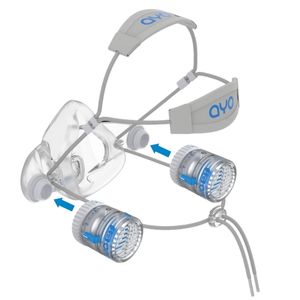
In Option 3 configuration, one BTi is fitted to the left side of the mask, and another BTi is fitted to the right side of the mask (not included in the standard AYO BT package).
In this configuration, inspiratory air will enter from both BTi on the left side and right side of the mask, and the expiratory air will still go only through the BTi on the right side of the mask. Therefore, adjusting the air opening on the right side will independently restrict the expiratory air, while adjusting the air opening on the left side will partially adjust the inspiratory air, and the other part is affected by the adjustment at the BTi on the right side of mask.
AYO BT in this configuration will focus on training and activating the exhalatory muscles while providing some degree of control on the inspiratory muscles.
When properly adjusted, the training will promote the following to your breathing:
- A slower and longer inhalation and exhalation.
- When you breathe slower and longer, you could easily breathe through your nose, and more importantly, both your inspiratory and expiratory diaphragm muscles are engaged.
- When the breath is reduced, depending on the exercise intensity and the BTi setting, it can create some air hunger, so even if you perform a full stroke of diaphragm movements, hyperventilation can be avoided.
- This training can create deep and semi-symmetric diaphragm movement that trains both inspiratory and expiratory muscles at the same time.
Note:
Independent control for Expiration but semi-independent control for inhalation in this configuration.
Reference Training Program
1. Adjust the BTi setting to the level suitable for easy jogging and your current fitness.
As a general guide:
- For advanced Nose-breather, set to Level3 to level4.
- For novice Nose-breather, set around level5 to 6.
2. Jog between 10 to 20 minutes.
- Inhale and exhale slowly and steadily.
- Press the belly slightly feeling the pressure it works against.
- At the end of the exhalation, simply relax the belly and let go of it.
- This starts the inhalation.
- Keep the belly relaxed until it is around the neutral position.
- Then push the belly further outward to extend the inhalation further.
- Try to pause a bit at the end of the inhalation to allow time for the inhaled air to reach the lungs fully.
- This training is meant to have a suitable inhalation resistance while focusing on the expiratory training.
- When finishing the exercise, keep wearing it for at least 5 minutes while doing some stretches.


